Thinking About Beauty School? A Brutally Honest Guide from a 20-Year Pro
So, you’re thinking about a career in beauty. Awesome. I’ve been in this game for over two decades—started by sweeping floors and now I own a salon and have trained more people than I can count. The very first thing I tell every hopeful new face is this: a passion for hair or makeup is great, but it’s not nearly enough.
In this article
This is a trade. It’s a craft. It demands real physical stamina, a bit of a science brain, and a genuine, down-to-your-bones desire to take care of people. Before you spend a single dime on tuition, you need a serious reality check.
You’ll be on your feet for eight, ten, sometimes twelve hours straight. Your favorite black clothes will get splattered with bleach, and your hands will be perpetually stained, chapped, or coated in some kind of product. You’ll be working with powerful chemicals that demand respect and good ventilation. In a single hour, you might have to be a chemist, an artist, and a therapist. If that sounds like real, satisfying work you can commit to, then let’s talk.
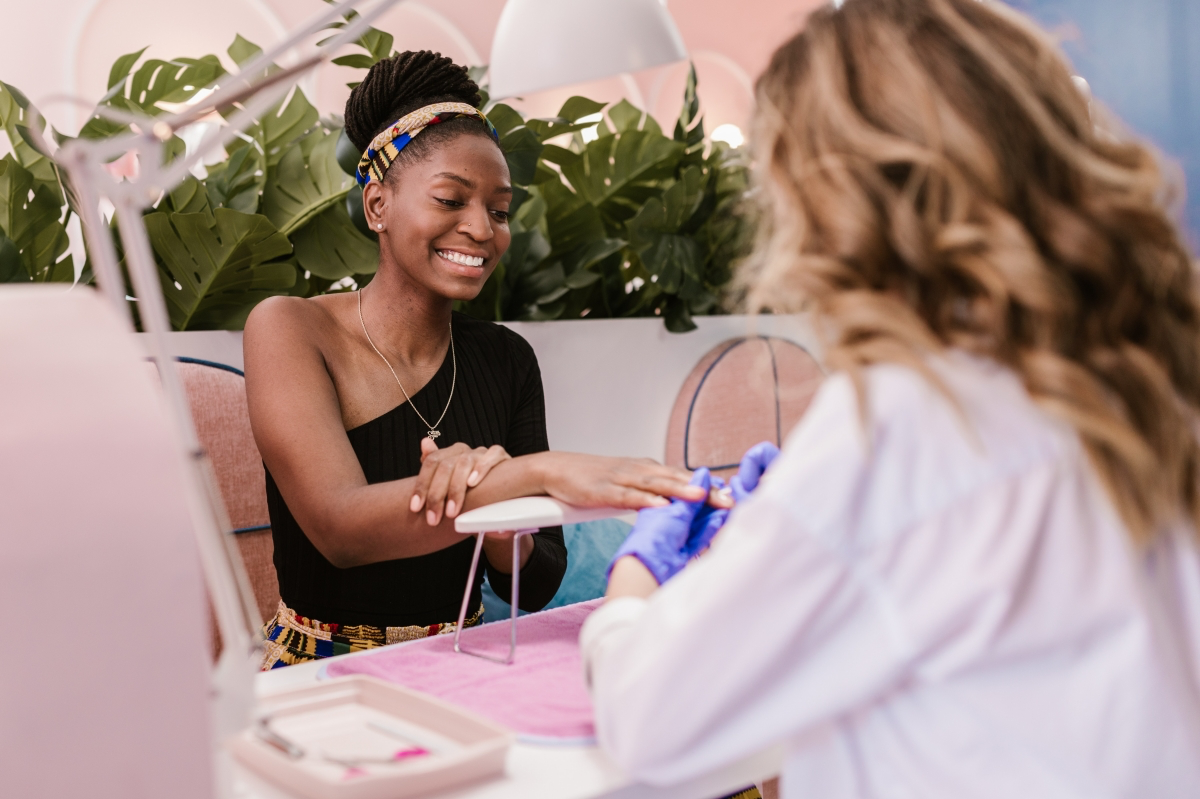
A Quick Challenge For You: Before you even tour a school, do this. Go to a busy salon on a Saturday afternoon. Get a simple service, like a shampoo and blowout. But don’t you dare pick up a magazine. Watch. Watch the stylists, watch the assistants. See how they stand, how they wolf down lunch in five minutes between clients, and how they handle someone who’s unhappy. Is that a world you can see yourself thriving in? Be honest.
The Science Behind the Style
To be a true professional, you have to know the “why” behind what you’re doing. People are trusting you with their hair, skin, and nails—parts of their identity. That trust is built on a rock-solid foundation of technical knowledge. Just copying a tutorial you saw online isn’t going to cut it.
Hair Color is Just Chemistry
Ever wonder what’s actually happening when you apply color? It’s a full-on chemical reaction. Permanent color uses an alkali, usually ammonia, to gently swell the hair’s outer layer, the cuticle. This opens the door for color molecules to get inside to the cortex. Then, a developer (which is just hydrogen peroxide) oxidizes those molecules, making them expand so they get locked inside the hair shaft. Cool, right?
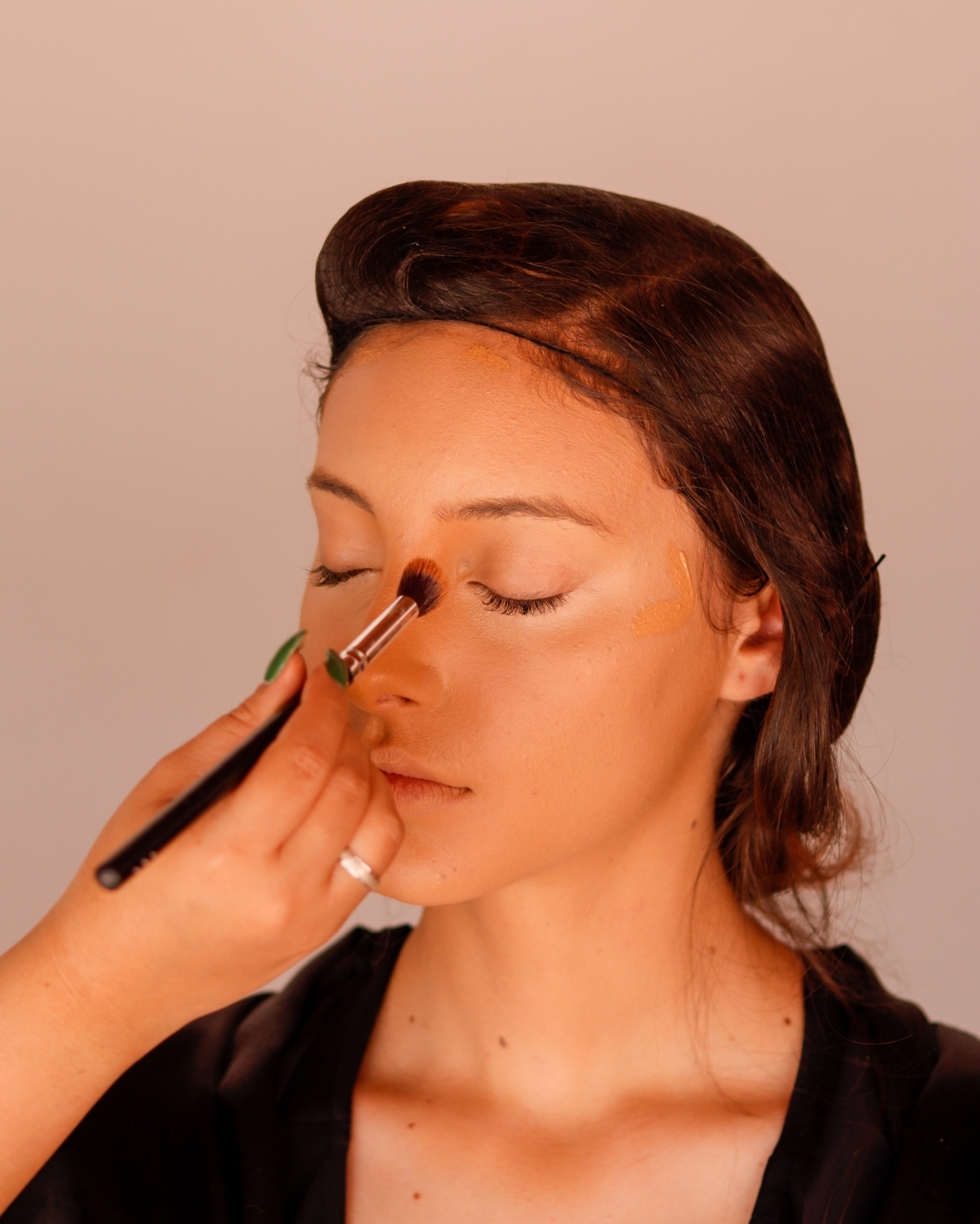
But understanding this is critical. Use a developer that’s too strong on fine hair, and you’ll cause serious damage. Don’t let the color process for the full 35-45 minutes, and those molecules won’t fully lock in, leading to fast-fading color. I’ll never forget a mistake from my early days—I rinsed a client early because she was in a rush. A week later, she was back with faded, brassy hair, and I had to fix it for free. Lesson learned: you can’t rush chemistry.
Your Skin is a Living Organ
As an esthetician, you’re working on the body’s largest organ. The skin’s main job is to be a barrier, and your job is to make it look and feel better without wrecking that barrier. For example, a glycolic acid peel is amazing for dissolving the ‘glue’ that holds dead cells together, revealing brighter skin. But for someone with acne, an oil-soluble acid like salicylic is a much better choice because it can actually get inside the pore and clean out the gunk. Using the wrong product can make things so much worse.
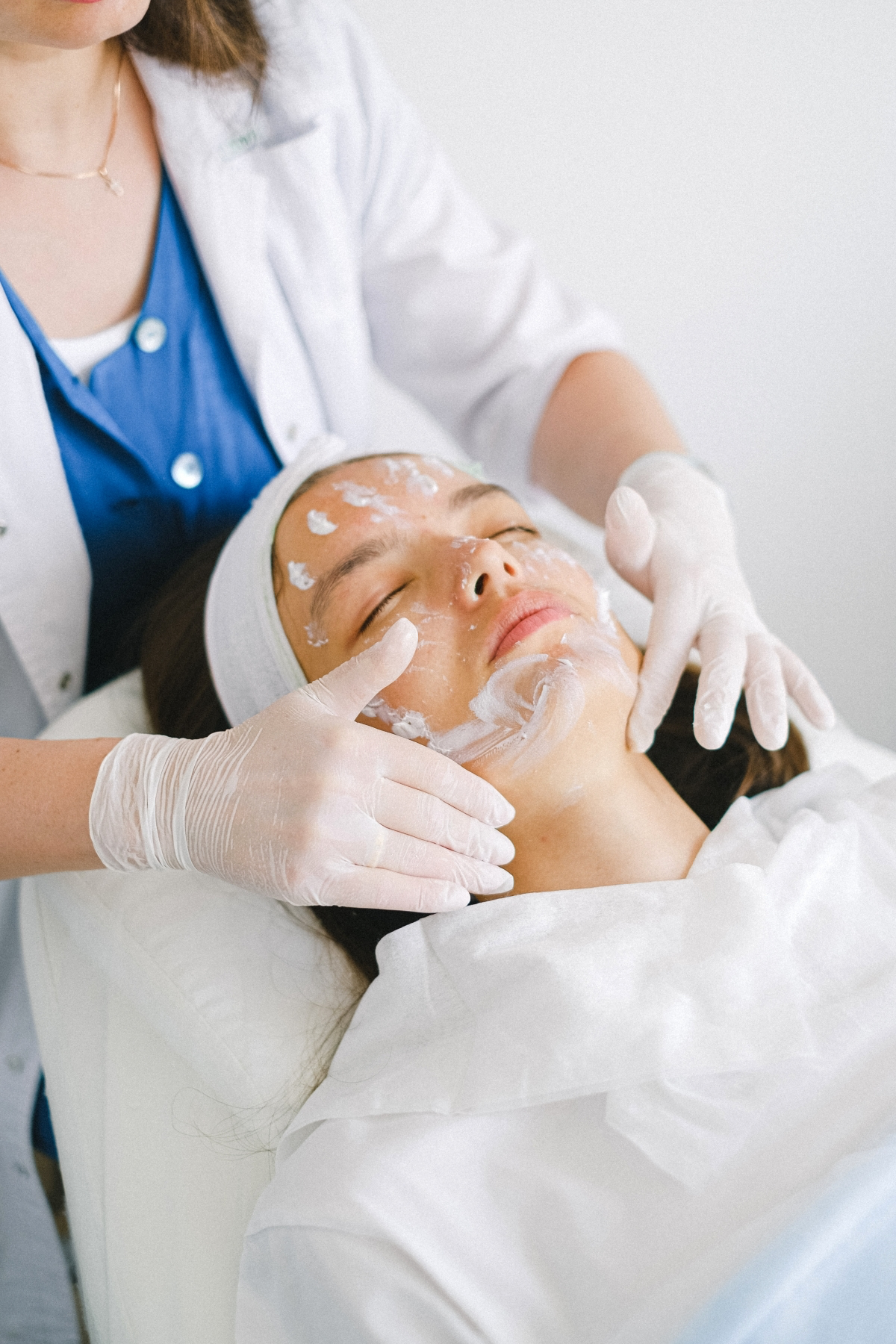
This is also why knowing a client’s history is non-negotiable. If they’re using a prescription-strength retinoid, their skin is already highly sensitive. Performing most exfoliation treatments or even waxing could be a disaster.
Nails are All About Polymer Science
Acrylics and gels are just fascinating little bits of polymer chemistry. That distinct, sharp smell at a nail desk? That’s the liquid monomer evaporating as it reacts with the powdered polymer to form a hard, durable plastic. And that’s exactly why your nail station needs serious ventilation. It’s not a friendly suggestion; it’s a health and safety requirement in most places for a reason.
Gels are a bit different. They’re a thick substance that hardens, or “cures,” under a UV or LED lamp. You know that “heat spike” some people feel? That’s a tiny exothermic reaction—molecules moving like crazy to link up and form chains, releasing energy as heat. A good tech knows how to prevent this by applying thinner coats. Using cheap, unregulated products can lead to improper curing and, scarily, can even cause people to develop new allergies. It’s worth it to use professional, reputable brands whose formulas are stable and safe.
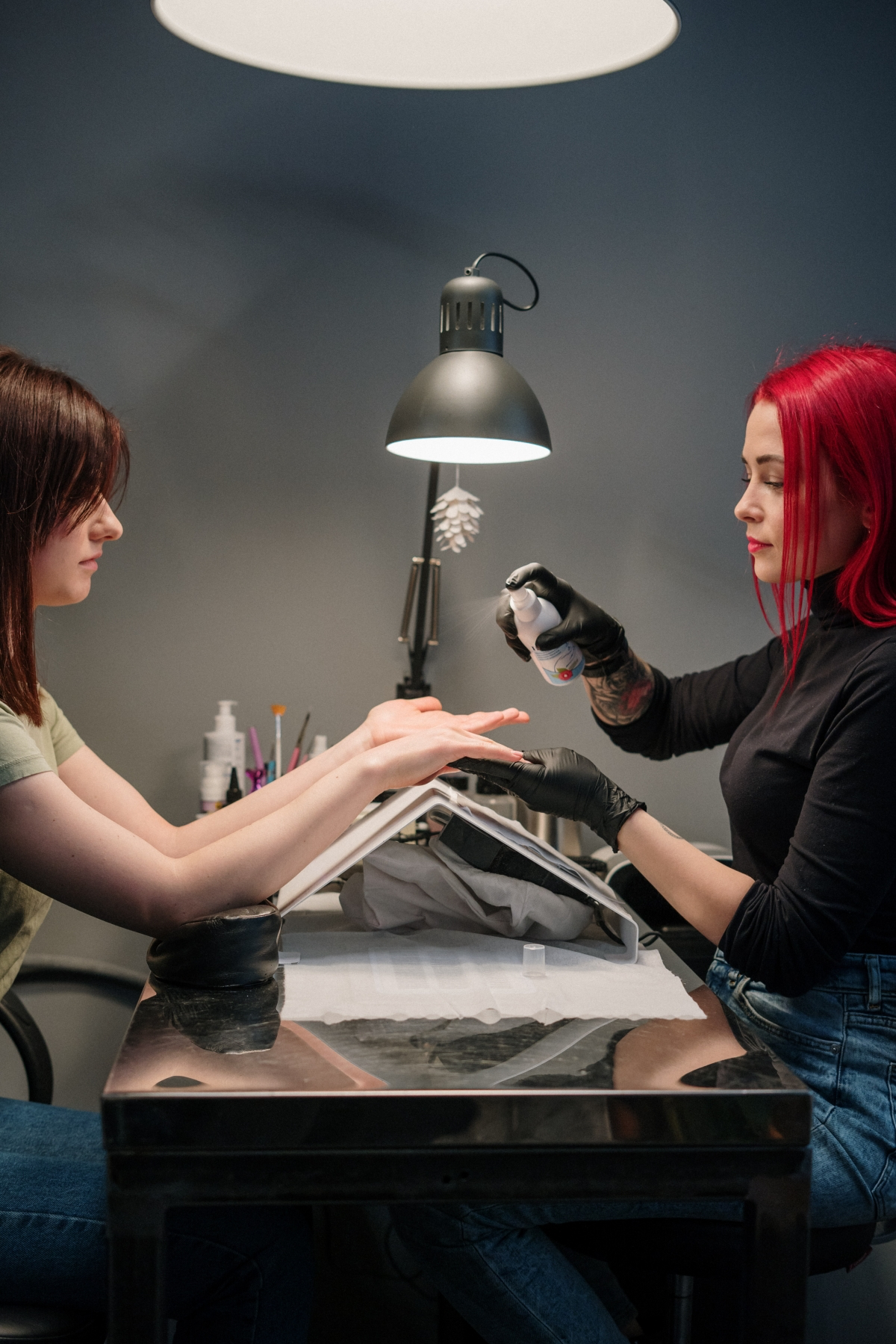
Choosing Your Path: A Look at the Trades
The beauty industry isn’t just one job; it’s a bunch of specialized crafts. While a general cosmetology license often covers the basics of hair, skin, and nails, the most successful people I know have become masters of one.
The Hairstylist
This is so much more than just cutting hair. A great stylist understands geometry, face shapes, hair density, and a person’s lifestyle. But let’s talk about your first year. Expect to be an assistant or a junior stylist. A typical day? You’ll arrive early to help set up. You’ll spend hours doing shampoos, deep conditioning treatments, and blowouts. You’ll be mixing color for the senior stylists, keeping their stations spotless, and sweeping up endless piles of hair. You’ll watch, you’ll learn, and you’ll probably feel like you’re not doing much “real” hair. This is your real education.
Heads up on the money front: Don’t expect to make bank right away. On a typical 40% commission with a small-but-growing clientele, your first-year income might realistically fall in the $25,000 to $35,000 range, and that’s including tips. The real money comes after you’ve built a loyal following, which takes time and hustle.
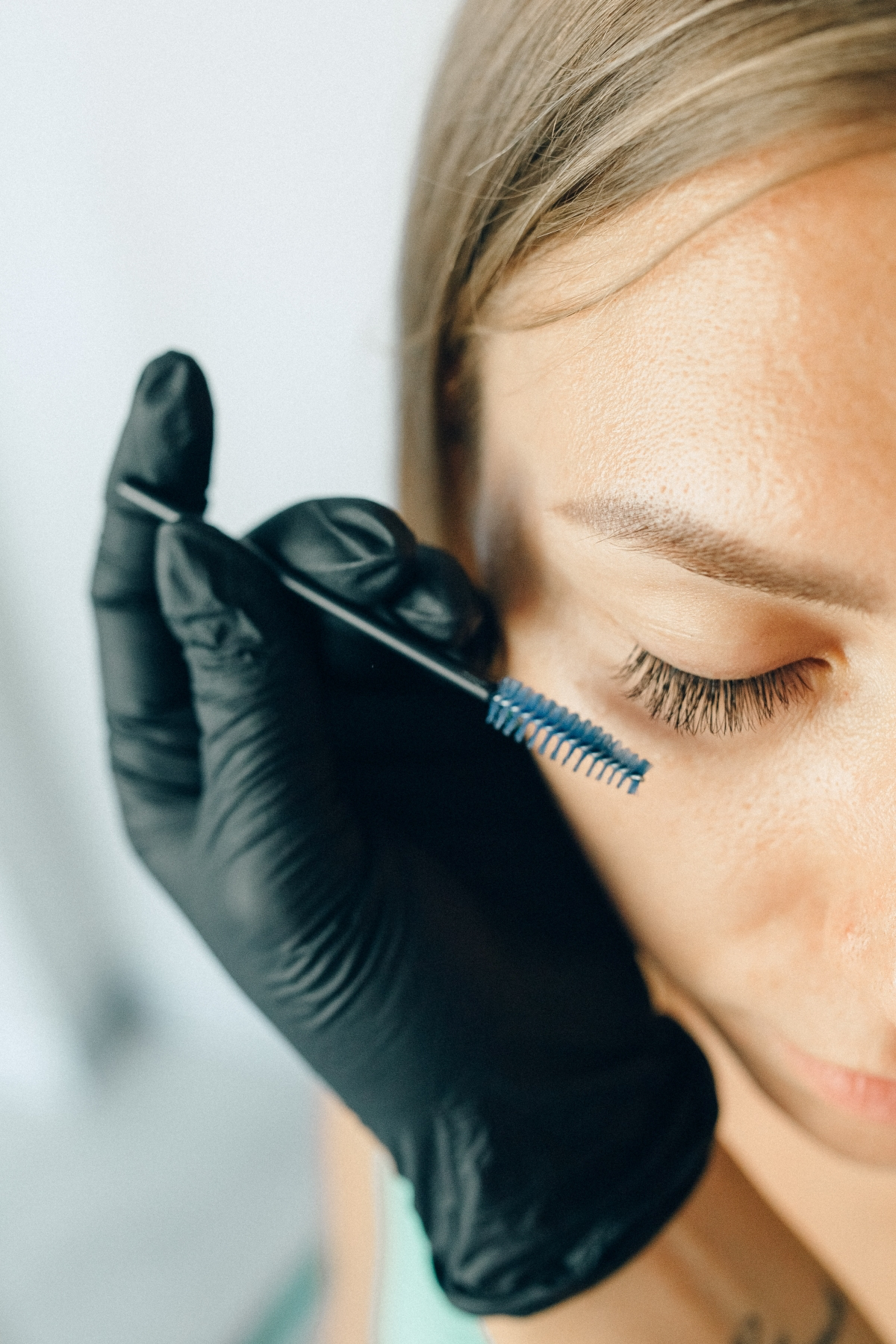
The Esthetician
This field is booming, moving way beyond simple facials into high-tech treatments. To succeed here, you have to be part scientist and part nurturer. Building a full book of facial clients can be slow going, so many new estheticians start by specializing in waxing, which brings clients back every 4-6 weeks like clockwork. Your income will also heavily depend on your ability to sell retail products. You have to confidently recommend a home-care routine that supports the treatments you provide in the spa.
Quick Tip: Never, ever “diagnose” a skin condition. You’re not a doctor. If you see a mole that looks suspicious or a rash you don’t recognize, your one and only job is to refer that client to a dermatologist. Document it in their file. This protects you and, more importantly, makes sure your client gets the medical care they need.
The Nail Technician
Precision, art, and patience are key here. But the most important part of the job is fanatical cleanliness. A client can get a nasty infection from tools that weren’t properly cleaned and disinfected. I’ve seen health departments shut down salons for this. It’s no joke. This work is also tough on your body—your back, your hands, and your eyes. Investing in a quality ergonomic chair and a good dust collector for your desk (around $100-$300) isn’t a luxury, it’s essential for your long-term health.
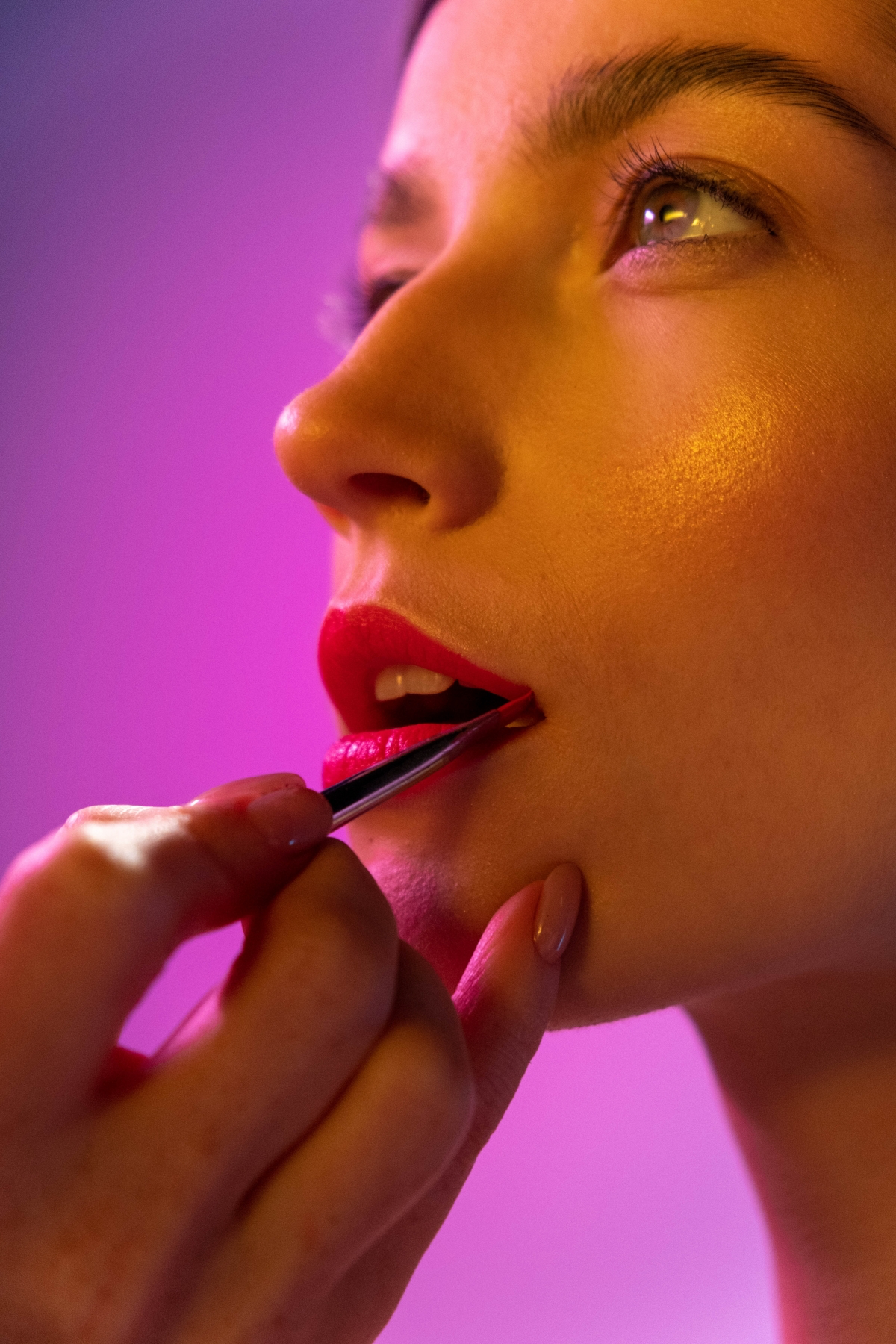
Getting Licensed: The Rules of the Game
A license isn’t optional. It’s a legal requirement from your state’s Board of Cosmetology, and their job is to protect the public. That’s why the exams are so focused on safety, sanitation, and infection control.
When you’re looking at schools, ask the tough questions. First, what’s the total cost? Be prepared, tuition can run anywhere from $10,000 to over $25,000, and that’s often before you even buy your student kit. Ask for their State Board pass rate—a good school should be proud to tell you it’s 85% or higher. And find out about the student kit. Are the tools professional quality that you can start your career with, or cheap stuff you’ll have to replace immediately?
By the way, some states offer an apprenticeship path where you learn on the job under a licensed pro. It takes longer (usually double the hours of school), but you get an amazing real-world education. I started this way. It’s a fantastic option if—and this is a big if—you have a mentor who is truly dedicated to teaching you, not just using you for cheap labor.
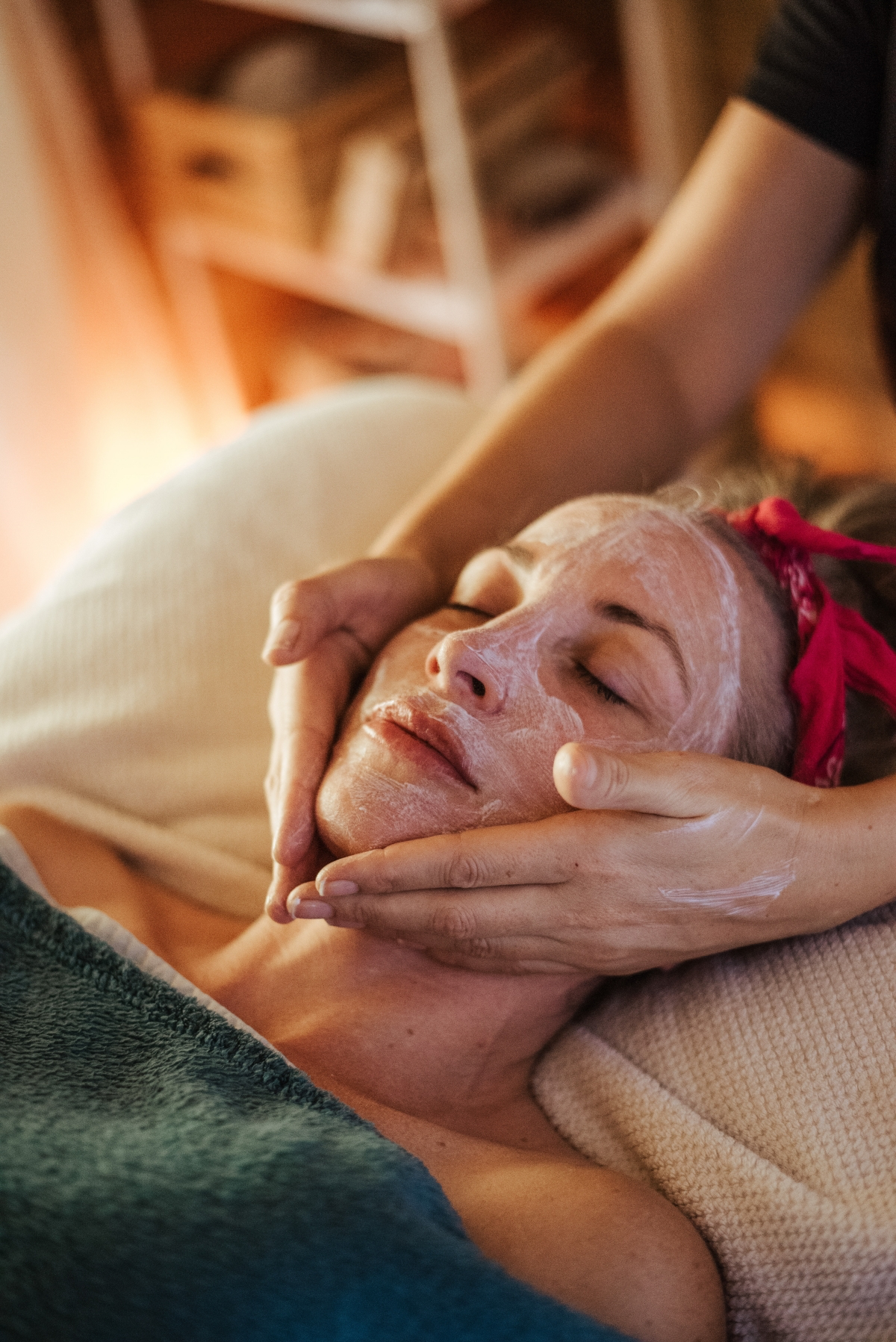
Starting Your Career: The Real Work Begins
Graduation is just the beginning. Your first few years are all about building three things: skill, speed, and a clientele.
Let’s break down your two main employment options: commission vs. booth rental. When you’re new, you’ll almost certainly start in a commission salon. This is great because the salon owner handles all the business stress. They pay for the building, the utilities, the back-bar products, the marketing, and they help bring clients in the door. You show up, do the work, and earn a percentage of what you bring in, usually 40-50%, plus you keep all your tips. It’s the perfect way to start because you can focus entirely on honing your craft.
Booth rental is for established pros who already have a full book of clients. You are essentially running your own small business inside someone else’s salon. You pay the owner a flat weekly or monthly rent for your chair or room. But then everything else is on you: you buy all your own color, products, and supplies. You manage your own schedule, do your own marketing, and you are 100% responsible for your own taxes and insurance. Don’t even think about this path until you are booked solid for weeks in advance.

The Art of the Consultation
Honestly, the most important part of any service happens in the first five minutes. The consultation is where you build trust and avoid disasters. Don’t ask closed questions like, “Do you want layers?” Instead, try these open-ended gems:
- “Tell me a little about your hair’s history over the last couple of years. Any major color changes or treatments I should know about?”
- “What’s the biggest challenge you have with your hair when you’re styling it at home?”
- “If you had a magic wand, what would your dream hair look, feel, and act like?”
Listen more than you talk. Then, repeat back what you heard: “Okay, so what I’m hearing is you want something lower maintenance that still feels bright and stylish. Is that right?” This one skill will save you more headaches than any other.
Protecting Your Most Important Asset: Your Body
I’ve seen too many brilliant, talented people have to quit this industry early because of preventable injuries. Your body is your money-maker. Protect it.
Ergonomics are everything. Think about setting aside some money for your first professional toolkit—not just for the quality of your work, but for your health. A great pair of shears that actually fit your hand can cost anywhere from $200 to $800, but they’ll save you from carpal tunnel. An anti-fatigue mat to stand on is a must, and they run about $50 to $150. And a professional-grade blow dryer (around $150+) is lighter and more balanced to protect your shoulder and wrist. Don’t cheap out on these; you’ll pay for it later in pain.
This industry can give you a wonderfully creative, flexible, and fulfilling career. It’s a true craft built on science, art, and service. If you approach it with respect and a commitment to always keep learning, you can build something truly special.
Inspirational Gallery
Japanese Steel Shears: Prized for their razor-sharp convex edge, ideal for slice cutting and detailed work. Brands like Mizutani or Hattori Hanzo are the gold standard for stylists who prioritize precision.
German Steel Shears: Typically feature a beveled edge, making them incredibly durable and perfect for blunt cutting. They hold their edge for a long time. Think Jaguar or Tondeo.
Your choice will eventually come down to your cutting style, but many pros own both.
More than 70% of hairstylists report experiencing persistent pain in their shoulders, back, or wrists during their career.
This isn’t to scare you, it’s to empower you. From day one, focus on your posture. Stand with your weight evenly distributed, keep your elbows down, and adjust the client’s chair height for every single service. Your body is your most important tool; maintain it like one.
You’ll quickly learn that a client consultation is more of an interrogation than a simple chat. Your job is to decode what they *really* want. Ask about their job, how much time they spend on their hair daily, and what they disliked about their last cut. The photo they show you is a starting point, not a blueprint. A great stylist translates a vibe, not just copies an image.
I just graduated, do I need to specialize right away?
Absolutely not. The first year out of school is your ‘residency.’ Your goal is to get your hands on every hair type and practice every fundamental service, from a classic bob to a basic foil highlight with a brand like Wella or Redken. Say ‘yes’ to everything. Specialization comes later, once you discover what you truly excel at and enjoy. Master the foundation before you build the house.
- Mastering the perfect, seamless balayage blend.
- Cutting your foil application time in half.
- Achieving consistent lift from roots to ends without spotting.
The secret? It’s not a fancy product. It’s obsessively practicing your sectioning. Clean, precise, and consistent partings are the unglamorous foundation of every single great hair color.
Pro Tip: Your smartphone is your new best friend. Start building your portfolio on Day 1 of beauty school—even with mannequin heads. Take clean, well-lit ‘before’ and ‘after’ shots. Don’t use filters that distort the color or texture. A professional Instagram or digital portfolio shows future employers not just your skill, but your growth and dedication from the very beginning.
Vidal Sassoon famously said, “If you don’t look good, we don’t look good.”
He wasn’t just talking about a trendy haircut. Sassoon revolutionized the industry by creating geometric, wash-and-wear cuts that were technically precise. He treated hair like a fabric. His legacy proves that the most creative artists are often the most disciplined technicians. Master the rules of line, graduation, and layering before you try to break them.
Let’s talk money. Beauty school is an investment, and your income will be low while you’re training. Get comfortable with a budget now.
- Buy student-grade tools to start, but plan to invest in professional shears and a high-quality dryer (like a Dyson Supersonic or Bio Ionic) upon graduation. It makes a world of difference.
- Take advantage of every free class or demo offered by product reps from brands like Pulp Riot or Schwarzkopf.
- Practice on friends and family, but charge a small fee to cover the cost of products. It gets you in the habit of valuing your work.
The forgotten skill: Draping. It seems basic, but nothing screams ‘amateur’ louder than a client leaving with a stained collar or wet shirt. A perfectly secured cape and towel is a sign of respect and professionalism. It tells the client they are in the hands of someone who cares about the details. Don’t rush it.










